What is the best bookbinding adhesive for the printing industry?
- The need for adhesives in the binding process
- Types of bookbinding adhesives
- Animal bookbinding adhesives
- Plant-based bookbinding adhesives
- Bookbinding hot-melt adhesives
- Bookbinding polyurethane adhesives
- PVAc adhesives in bookbinding industry
- What type of bookbinding adhesive is the best for your production facility?
As we know, it is the binding that defines a printed edition as a specific graphic publication - a book or a magazine.While there is no binding process taking place, there is no book as it is, but only a certain number of paper sheets.
Binding is the process of binding pages and cover together, forming a document of a handy size arranged in a logical manner that we all know as a book. In most cases, the cover is made thicker than the pages inside, which ensures the durability of the finished book.
In the world of printed books, there are many different types of bindings that are made of hard or soft materials.
Hardback is made of cardboard and thick paper. When using these materials, the cover is made rigid, it is attached to the pages with a spine. Thanks to the hardback, the book is firmly and reliably protected inside it to serve for a long time.
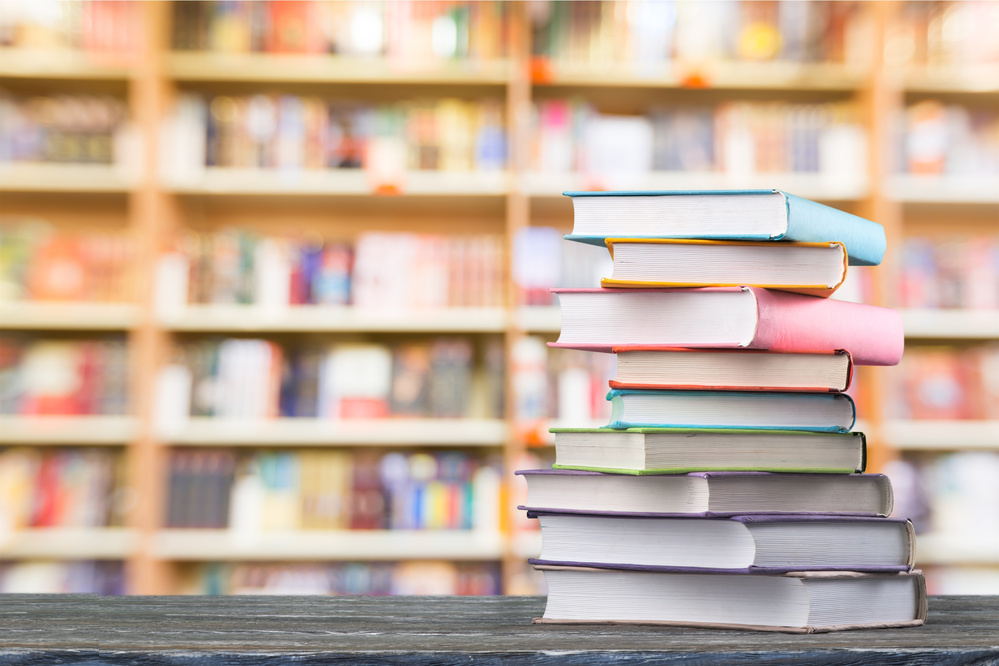
Soft cover is made using flexible materials, plastic or paper. This type of binding is used in the production of magazines, brochures or books that do not require high-level protection. Soft cover makes the publication flexible and light, and it is easy to leaf through its pages.
The need for adhesives in the binding process
The quality of the manufactured printing products hinges on the right choice of consumable adhesives, equipment and technological processes. If the adhesive does not conform to the type of equipment, configuration of the book block, or materials from which printing products are made, then the entire print run may be rejected as defective.
In printing industry, there are many binding methods, among which the adhesive binding is still the most popular one. Firm fastening of blocks made of different types of paper, especially with regard to the growing complexity of printing materials, is an important competitive advantage for printing houses. Therefore, adhesive is a strategically important auxiliary material for most manufacturers of printed publications.
Bookbinding adhesive is indispensable when making reference books, magazines, catalogues, manuals, books with soft and hard cover.
Bookbinding adhesive application areas are as follows:
- seamless or adhesive binding;
- flexible and hard cover;
- binding a block with preliminary perforation of the spine bend;
- side bonding;
- end bonding;
- inserting a book block into the cover;
- cover formation, bookbinding backing.
Bookbinding adhesive bonds the materials as follows:
- ordinary paper;
- paper without wood content;
- coated paper;
- thick-coated paper (for example, for making catalogues);
- thin paper;
- embossed cover material;
- laminated cover material;
- plastic and metal foil.
Types of bookbinding adhesives
Adhesive is only a rather insignificant part of any book, nevertheless it must ensure that the printed publication retains its integrity and keeps firm for the entire duration of its service. Therefore, it is very important to choose the right bookbinding adhesive.
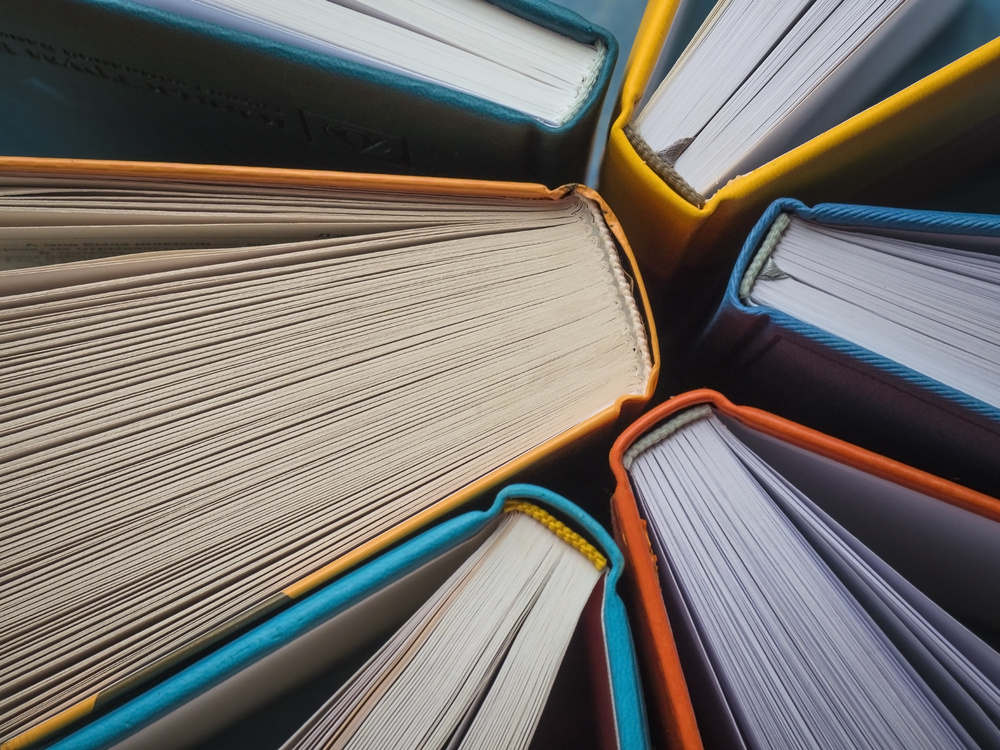
Bookbinding adhesive should ensure the durability and firmness of the printed publication from the first to the last page. The range of bookbinding adhesives includes many products. Adhesives must guarantee the firmness of the binding, prevent the pages from being pulled out, and at the same time allow to safely perform the cutting without smearing the equipment with the adhesive.Side-bonding adhesives should be suitable for application on a wide range of bookbinding machines and ensure precise application and cutting.
During the binding process, these are paper and cardboard that are mainly glued together, but even when applied to these two materials, the requirements for adhesive are very diverse. The main factors when choosing a bookbinding adhesive are the specific features of the materials to be bonded: moisture resistance, type of coating, the presence of typographic printing, smooth or textured surface. Besides, it is also important what type of adhesive application will be used, machine or manual one. If it is machine application, what type of equipment should be used? Environmental factors such as temperature, humidity, atmospheric pressure need to be taken into account, too. Bookbinding adhesive must have high adhesion properties, but not too strong so as not to damage the paper.
The main bookbinding adhesive types are as follows:
- Animal adhesives.
- Vegetable (plant-based) adhesives.
- Hot-melt adhesives.
- Polyurethane adhesives.
- Polymer-based dispersion PVAc adhesives.
Animal bookbinding adhesives
Animal adhesives are made of waste from the meat processing industry, such as connective tissues (protein), skin or bones (gelatin). Animal adhesives are non-toxic, but they have a strong rancid odour.
This bonding technology becomes outdated now. Once, scientists and illustrators used animal parts to make adhesives. This made it possible to effectively use all the animal parts and produce organic adhesives. Nowadays, book restorers take animal adhesives to restore back ancient historical volumes.
Animal adhesives are made manually or produced at industrial enterprises. There are bone, hide and gelatin adhesives.
Thanks to rapidly advancing technologies, the use of animal adhesives has significantly decreased due to the production of adhesives based on synthetic polymers and resins.
Plant-based bookbinding adhesives
These are starch or dextrin adhesives obtained from potatoes, wheat or other cereals, based on plant resins, methyl cellulose, etc.
Methylcellulose is also known as methyl ether. Since it is obtained from plants, it is non-toxic and non-acidic. Despite its organic origin, this compound is difficult to dispose of. Methylcellulose is perfect for book restoration, as it can be used with delicate materials applied in book repair.
Another plant-based adhesive is made from wheat. Wheat paste is obtained as a result of a process in which the grains are saturated with distilled water and finally heated up. This process activates proteins and gluten, making it an organic, versatile, non-toxic and acid-free alternative to methylcellulose.
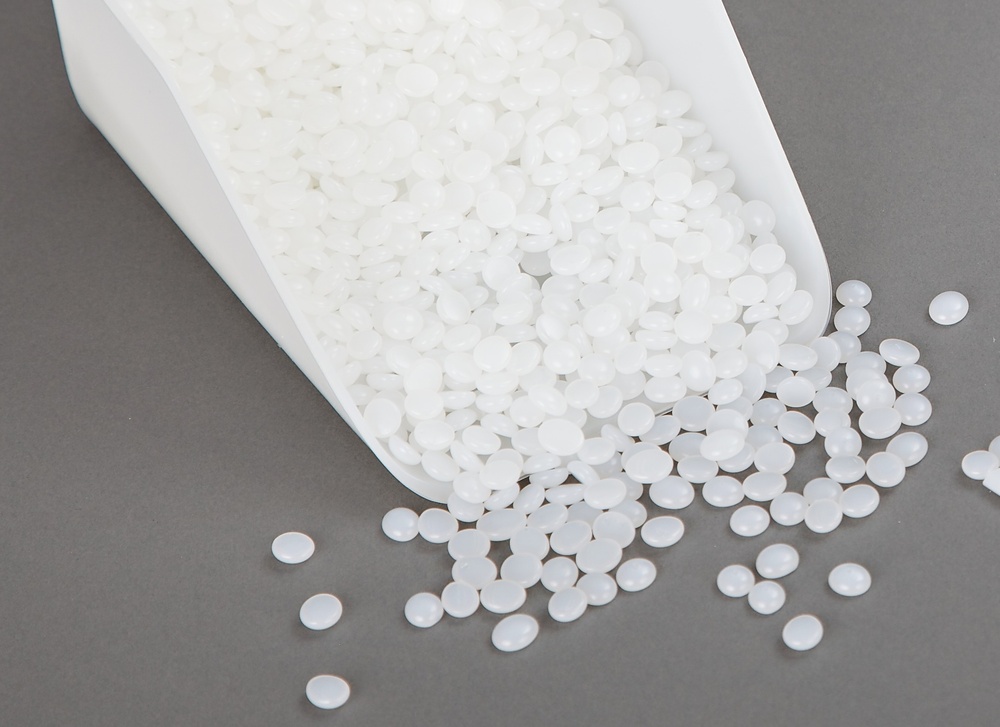
Bookbinding hot-melt adhesives
Hot-melt adhesives are used in the production of books, magazines, catalogues and reference books. Maintaining durability from the first to the last page, hot-melt adhesives provide excellent bonding of the spine, side bonding, end bonding, insertion of the book block into the cover and cutting. Bookbinding hot-melt adhesives guarantee excellent firmness of pages resistant to being pulled out, and reliable bonding, creating firm spine that can be cut off as early as 30 seconds after binding.
Bookbinding hot-melt adhesives provide excellent bonding even of the most delicate paper materials, firmness and flexibility of the bonding line. When making hot-melt adhesives, high-quality raw materials are used, which create excellent thermal stability and prevent warping. Hot-melt adhesives are stable, resistant to charring, they never become too thick and provide an even layer when applied.
The polygraphic industry has to adjust to a number of changes that have occurred in recent years, including the transition to higher line speeds and the use of polyolefin melts. What products can help you meet the requirements presented by these advances, and why do they occur?
High-speed book production, especially combined with spine gluing at low application temperatures, can create many problems for adhesives. They must ensure strong bonding, but at the same time they have to dry up quickly enough to avoid smearing the equipment during cutting. This feature of the adhesive allows to avoid losses relating to production downtime required for cleaning equipment.
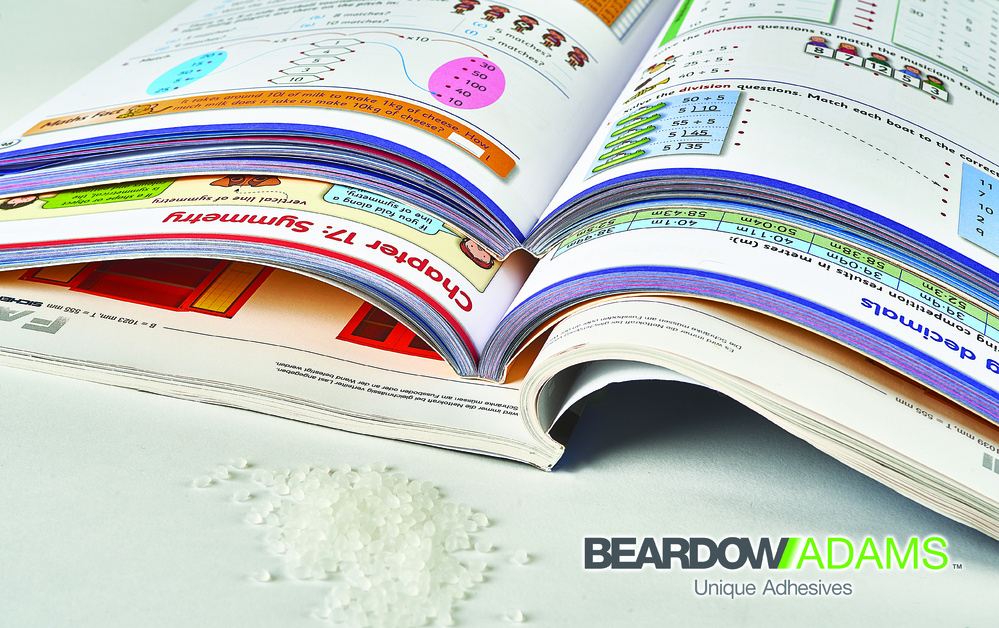
Hot-melt adhesives for bookbinding made by Beardow Adams (Great Britain), which are produced under the brands BAM and BAMFutura, are specially designed for application at temperatures up to 140°C, so they will work safely on high-speed lines, gluing up to 12,000 magazine or book spines per hour.Adhesives are designed using the latest manufacturing technologies and high-quality raw materials, they include bio-based materials that help bookbinders meet the demand for environmentally friendly products.
Another trend in the bookbinding industry is the growing demand for the application of polyolefin adhesives as a replacement for alternative technologies, such as polyurethane. Polyolefin adhesives, unlike PUR adhesives, do not give off harmful fumes containing isocyanate at the workplace and do not require special precautions when contacting. Besides, they provide fast bonding time, easier logistics due to prolonged shelf life and do not require purging of melt tanks and applicators (injectors/rolls) after each use.
One of the most popular polyolefin adhesives is Beardow Adams - BAM 2398, a hot-melt adhesive that provides excellent adhesion to a wide range of materials, has high thermal resistance for extra reliability of bonding in difficult conditions and can be used for both side bonding and spine bonding.
Polyolefin adhesives, known as the "eliminators of difference" between traditional hot-melt adhesives and their polyurethane alternatives, are the best product for bookbinders seeking competitive advantage.
Bookbinding polyurethane adhesives
In book printing industry, two main types of adhesives are used for "perfect bookbinding" — ethylene vinyl acetate (EVA) and reactive polyurethane (PUR). EVA adhesive is considered a traditional bonding adhesive, since it exists longer in the market, but in recent years the demand for PUR adhesive, which is also called polyurethane reagent or PUR melt, has also grown.
PUR for bookbinding process is an option of the popular "perfect binding" method used to create large books or catalogues with a soft cover. The cover and pages of the book are glued together at the spine, and then the three open edges of the book are cut off to give them "perfect" edges. As a result we have a professionally-made clean and handy book.
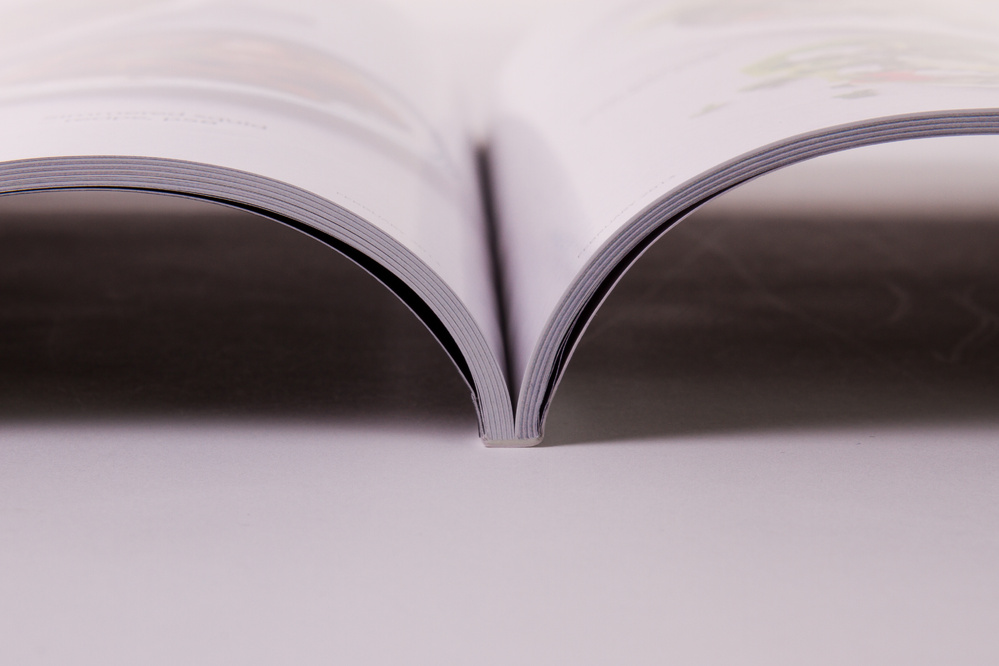
PUR adhesive has good adhesion properties with regard to almost any type of basis including thick cardboard, recycled paper and synthetics. Besides, PUR adhesive bonds glossy paper well, too, including varnished or laminated paper. The PUR adhesive binding properties provide greater resistance to pulling out the pages. This is especially relevant for books that may be subject to harsh treatment, such as children's books, textbooks, or books used in wet conditions.
PVAc adhesives in bookbinding industry
PVAc-based adhesives are the most popular among bookbinders. Polyvinyl acetate is an excellent versatile adhesive, it is firm, non-toxic, water-soluble, transparent and flexible after drying up. Polyvinyl acetate adhesive for books is non-toxic, its shelf life is about one year. This makes it perfect for making books where flexibility and durability are key factors. PVAc adhesive can be used both for manual book binding, and when working with specialized printing equipment.
PVAc-based adhesives boast high bonding speed, but when mixed with special components, the adhesives may have different consistency, and provide a longer drying time, which allows to adjust the materials before they are firmly bound together.
Polyvinyl acetate adhesive for bookbinding is inexpensive and can be modified for various purposes. Lux-X company produces a wide range of adhesives for printing industry such as polymer-based Lux-R adhesive and PVAc dispersion adhesive.

What type of bookbinding adhesive is the best for your production facility?
Each type of adhesive has its own benefits and drawbacks. You have to choose the adhesive that will bring your project the best possible benefit at the best price and as easily as possible. Lux-X specialists will help you in choosing the right adhesive, just call (057) 766-06-36. If you want to get further information about any of our bookbinding adhesives, request a sample of our products, buy adhesives in bulk and at a retail price starting from 10 kg, please send us an email to office@lux-x.com or use the feedback form on our website lux-x.com






